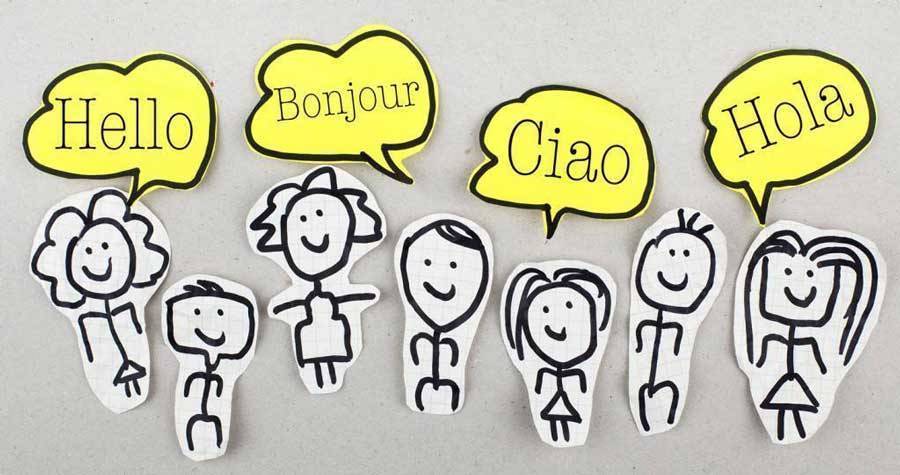The Internet is global in its reach—that’s part of what makes it so revolutionary. You can log on and browse websites from almost anywhere in the world; it makes things like travel planning a lot easier
..customers are about five times more likely to purchase from a website that is translated into their native language.
Immediate advantages
Studies have shown that customers are about five times more likely to purchase from a website that is translated into their native language. Being able to read things clearly is particularly important when e-commerce is involved and the customer is giving their credit card information—it’s a lot easier to complete the purchase when you’re able to read all the terms and can trust the site is legitimate. While Google Translate and other applications can do a rough job, there’s absolutely no comparison between a machine-translated site and one that’s been optimized from the ground up.
Which languages should you choose?
It can be a little intimidating to consider translating your website into other tongues; after all, there’s an estimated 6,500 spoken languages in the world! But you obviously don’t have to go that far; you may not need to translate your site into the top twenty most spoken languages, or even the top ten. The first place to start is with research; you can use Checkfront’s Customer Map feature and Google Analytics (check the Audience > Geo > Language report) to determine where your customers are coming from and which languages they speak. You may be surprised to find out where your fans are; leverage that interest by speaking to them in their native tongue. Does your country have multiple official languages? If so, you’ve got an opportunity to cater to lots of locals by having multiple translations of your site. Also consider your home city or state; are there large foreign communities that may become new customers? All of these avenues will give you an idea of which languages to choose. In the end, it’s probably best to just choose two or three alternatives for translation.

Invest in professional translation
Once you do decide to get your website localized, it’s crucial that you do it right. An online translation tool will not suffice; this is a job that should and does require some investment on your part. If you have an employee who speaks the second language fluently, they may be able to do the translating for you, but your best bet is probably a professional localization company. They can make sure that every element of your site is properly translated and that there are no ambiguities or mistakes in your copy; they can help navigate the tricky little colloquialisms and avoid embarrassing faux pas. You should also consider implementing site code which will detect a visitor’s home country and change your product prices into the corresponding currency. If your website is properly translated, then you stand a better chance of ranking on foreign-language search engine results, which can also give your traffic a boost.
Having a multilingual website is very important for those who cater to international customers, like the tourism and accommodation industries. We’re excited to say that the recently released Checkfront v3.5 update includes multi-language options for customer facing pages.

Take your business to the next level
Online bookings. Flexible pricing. Outstanding support.



